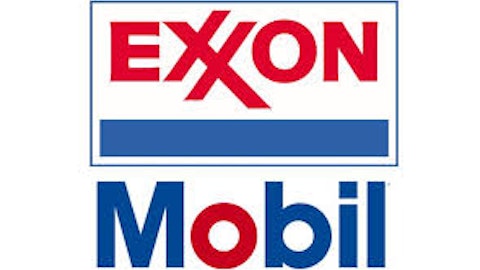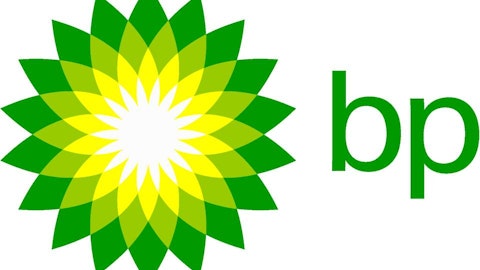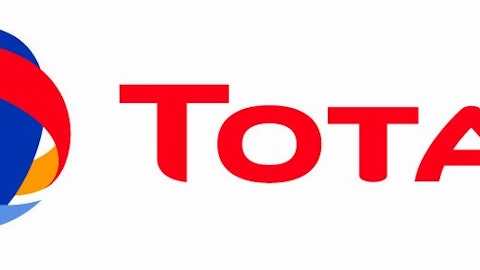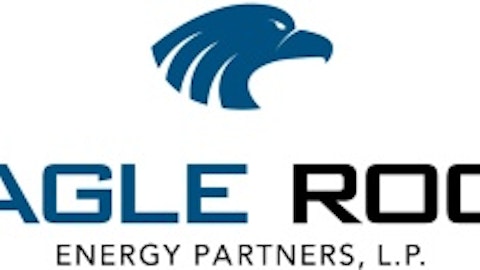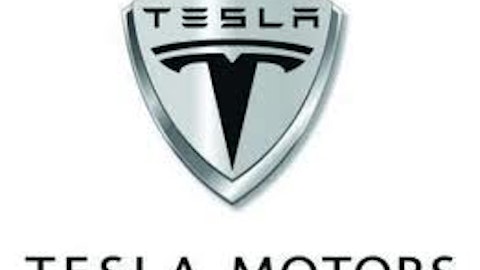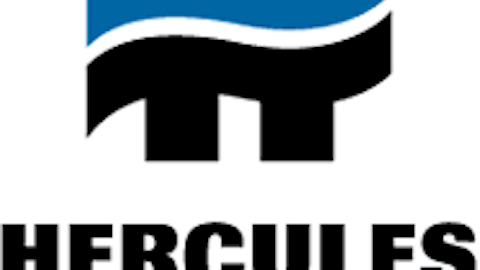
Deepwater Horizon. Photo Credit: Flickr/DVIDSHUB
The Gulf of Mexico holds one of the keys to America’s energy independence. However, with that great promise comes equally great risks. This past month has served as a reminder of both, as the Gulf narrowly averted a tragedy, while at the same time gave another glimpse of its potential.
Disaster averted
On July 23, a chain of events transpired which began as a natural gas leak on a drilling rig owned by Hercules Offshore, Inc. (NASDAQ:HERO). An ensuing blowout ignited the gas leak. Thankfully, all 44 of the rig’s workers were safely evacuated and the fire from the gas leak has now been extinguished and the gas flow halted. However, the incident serves as a reminder of the grave risks of operating in the Gulf of Mexico.
It could have been a lot worse. All of the rig workers are safe, unlike the tragic Deepwater Horizon incident that occurred when the infamous oil rig leased by BP plc (ADR) (NYSE:BP) exploded and killed 11 crewmen. Further loss of life in the Gulf would have been another black eye on the industry. In addition to that, the industry was lucky that the Hercules Offshore, Inc. (NASDAQ:HERO)-owned rig was working on a natural gas well, and not an oil one. This helped to spare the region from another environmental nightmare. However, the risk that another BP plc (ADR) (NYSE:BP)-like disaster can happen again still remains, though the industry is going to great lengths to ensure that something like that never occurs again.
Gushing with potential
The same week the Gulf averted disaster at the Hercules Offshore, Inc. (NASDAQ:HERO)-owned natural gas rig, W&T Offshore, Inc. (NYSE:WTI) announced that it had made a massive oil discovery. The subsalt discovery is beneath its currently producing Mahogany Field and was drilled to a depth of 17,200 feet. The well encountered 270 feet of net pay, which is the portion that contains hydrocarbons that can be economically produced. The discovery produced an initial flow back rate of 3,030 barrels of oil per day along with 5.6 million cubic feet of natural gas per day.
While drilling that discovery well, the company also encountered three additional areas with net pay which can be produced. It sees the potential for 1.8 million-6.2 million barrels of oil equivalent to be produced from this discovery. The well highlights the continued promise that oil and gas producers see in the Gulf as companies drill ever deeper to find new sources of oil.

Photo Credit: BP
While W&T Offshore, Inc. (NYSE:WTI)’s well was drilled in just 360 feet of water, the biggest future potential is seen in wells drilled in the deepwater portion of the Gulf. For example, ConocoPhillips (NYSE:COP) and its partners announced two significant discoveries earlier this year.
The two wells encountered net pay of 1,000 feet and 400 feet, respectively, and were drilled to total depths of about 31,000 feet in average water depths of 6,000 feet. ConocoPhillips (NYSE:COP) plans to continue to invest in drilling new wells and acquiring additional acres for future exploration.
In fact, the industry is currently preparing for another round of acreage auctions by the Bureau of Ocean Energy Management in late August. The agency will auction 20.7 million acres in the Western Gulf, including acres in water depths ranging from 16 to 10,975 feet. It’s estimated that there could be as much as 200 million barrels of oil and 938 billion cubic feet of natural gas under these acres, which is just another example of the Gulf’s great promise.
Final Foolish thoughts
The Gulf really does hold one of the keys to American energy independence. There is great promise from new finds as oil companies’ drill deeper into the Gulf. However, risks yet remain which is why it’s important for investors to keep a vigilant eye as turbulent seas could return at a moment’s notice.
The article Gulf of Mexico: Turbulent Seas or Smooth Sailing? originally appeared on Fool.com is written by Matt DiLallo.
Fool contributor Matt DiLallo owns shares of ConocoPhillips. The Motley Fool has no position in any of the stocks mentioned.
Copyright © 1995 – 2013 The Motley Fool, LLC. All rights reserved. The Motley Fool has a disclosure policy.
